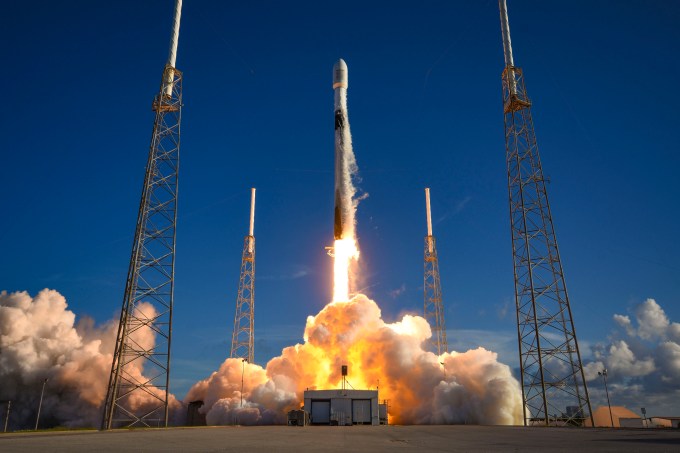Hello and welcome back to TechCrunch Space. What a week! In the same seven-day period, we watched Boeing’s Starliner launch astronauts to space for the first time, and then we got to watch those two astronauts dock with the International Space Station. And we also got to see SpaceX launch Starship for the fourth time ever — and then bring it back home. I think I’m not alone in thinking that some of the most spectacular images in the history of rocketry were generated during that flight.
On to the news, and more about these two historic stories below.
Want to reach out with a tip? Email Aria at aria.techcrunch@gmail.com or send me a message on Signal at 512-937-3988. You also can send a note to the whole TechCrunch crew at tips@techcrunch.com. For more secure communications, click here to contact us, which includes SecureDrop instructions and links to encrypted messaging apps.
Story of the week
The story of the week goes to Boeing’s Starliner. After years of delays, around $1.5 billion in cost-overruns and ongoing technical issues (yes, ongoing…), the Starliner spacecraft delivered two astronauts to the ISS for the first time. Of course, the mission isn’t over yet: After around a week aboard the station, the two astronauts will re-board Starliner and use it to get back home. We’ll all be looking forward to greeting them.
Launch of the week
SpaceX has shown once again that subjecting rocket hardware to the real-world flight environment pays dividends. In its latest launch, the company achieved a key milestone in its Starship flight test campaign: returning the booster and the upper stage back to Earth in controlled ocean splashdowns. And I must say, the images and video from this launch are absolutely mind-blowing.
What we’re reading
Economist Pierre Lionnet took a close look at SpaceX financials (which includes a lot of assumptions, obviously, because their financials are private), and how the low launch costs for Falcon are tied to Starlink profitability — and may not be passed along to customers.

